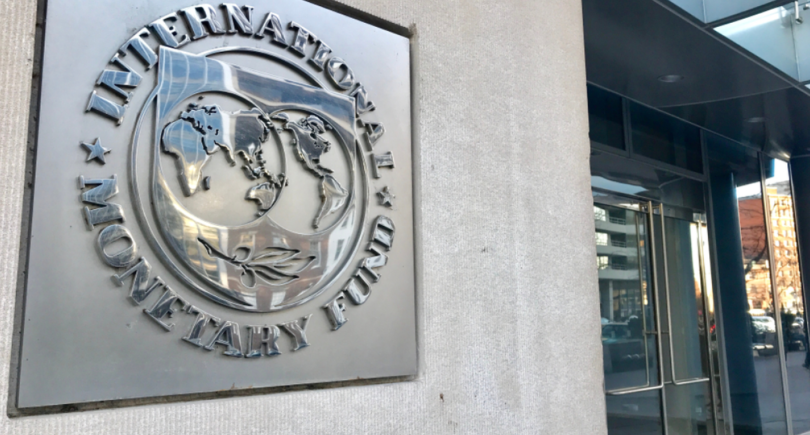
News Global Market eurozone GDP 1099 16 July 2022
Brussels is also concerned about high inflation, which will peak in the third quarter of this year
The European Commission has again worsened the macroeconomic forecast for the countries of the European Union and the eurozone. The main revision concerns the economies’ growth rates in 2023: they are now expected to be almost 1 percentage point lower. Next year, growth in the EU will be 1.5% instead of the 2.3%. In the euro zone, the size of the economy in 2022 and 2023 will increase by 2.6% and 1.4% (instead of 2.7% and 2.3%), respectively, according to the EC statement.
Inflation expectations adjusted upward – the European Commission believes that the peak of its growth will occur in the third quarter of this year. The dynamics of this indicator largely depends on the cost of energy resources – more gas prices increase can lead to stagflation, while the current weakening of prices for oil or other raw materials on the global market, on the contrary, will reduce inflationary pressure, the EC noted.
European Commission released summer macro forecast, updating several key indicators in it at once. The GDP of the EU countries is expected to grow by 2.7% this year (this figure has not changed compared to the EC spring forecast, released on May 16).
In addition, it is noted that in the first quarter of this year, in annual terms, GDP growth amounted to 2.7% in the EU and 2.4% in the eurozone. A slowdown in business activity is recorded in the second quarter, but growth to be supported by the tourist season. As a result, quarterly growth in the eurozone will turn out to be zero, and in the EU countries, the total GDP will decrease by 0.1%. In the third and fourth quarters, growth may be 0.2%.
In addition, the decrease in the forecast for GDP in the EU was associated with a more significant slowdown in growth rates in the USA and China. Note that the European Central Bank is preparing to raise the key rate (for the first time since 2011) already this month.
Inflation in the euro area is projected to peak at a new record high of 8.4% in the third quarter of 2022 (in June, the indicator increased to 8.6% in the eurozone and to 8.8% in the EU countries). As the pressures from energy prices and supply constraints fade, inflation is expected to decline steadily thereafter and to fall below 3% by the end of 2023. Calculations of inflation this year both in the EU and in the eurozone have been significantly increased – from 6.8% to 8.3%, and from 6.1% to 7.6%, respectively. For the next year, the forecast has been increased from 3.2% to 4.6% for all EU countries, and from 2.7% to 4% for the euro zone. Higher prices for energy affect the cost of manufactured goods and services. Consumer confidence indices are at the same levels as at the beginning of the pandemic, clarifies the EC.
Earlier GMK Center reported, that the EC in mid-May lowered Eurozone GDP growth forecasts for 2022 and 2023. According to the current forecast, the Eurozone economy will grow by 2.7% this year, not 4% as they expected in the February forecast. The GDP growth forecast for 2023 has worsened to 2.3%, from 2.7%.
In the first decade of July, following the meeting of the board of governors of the European Central Bank (ECB), representatives of the regulator made a decision keep the base rate for loans at the level of 0%. The regulator intends to gradually increase the base rate amid high inflation. In particular, ECB representatives announced a possible increase in the base rate by 0.25% in July and its subsequent adjustment in September.




